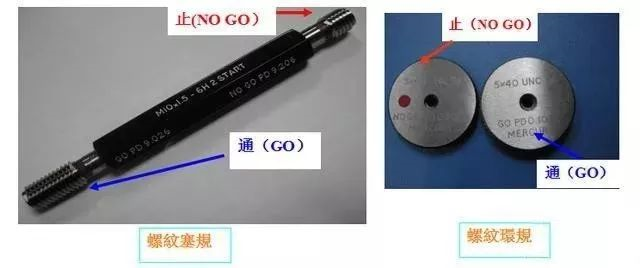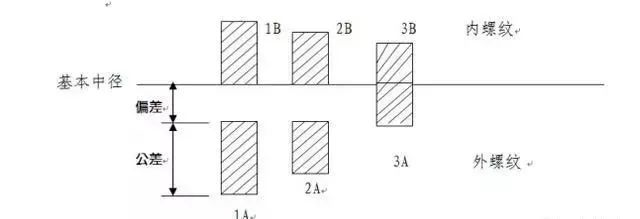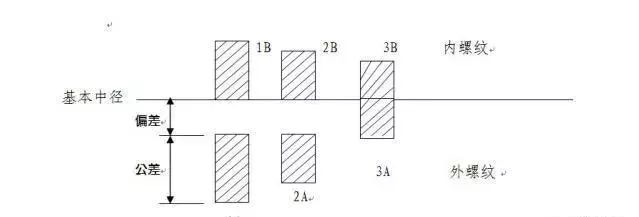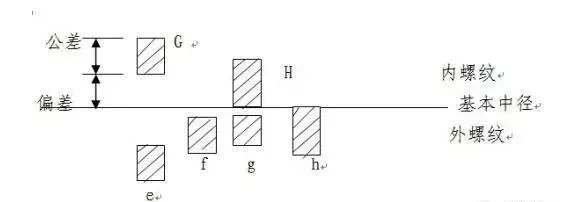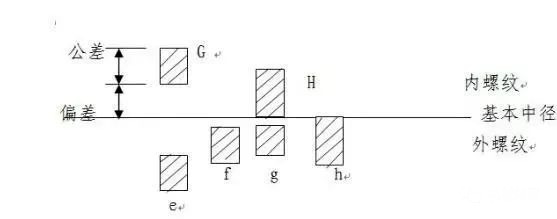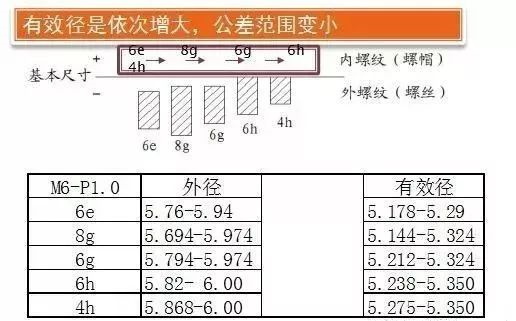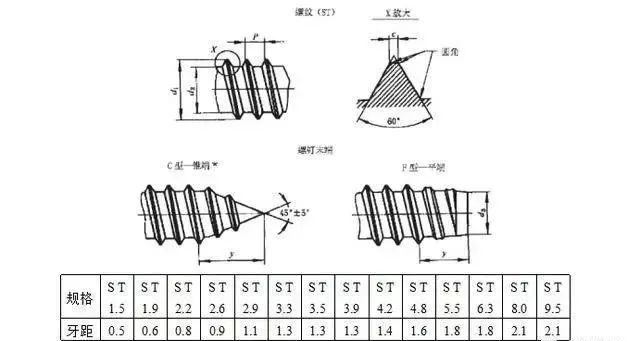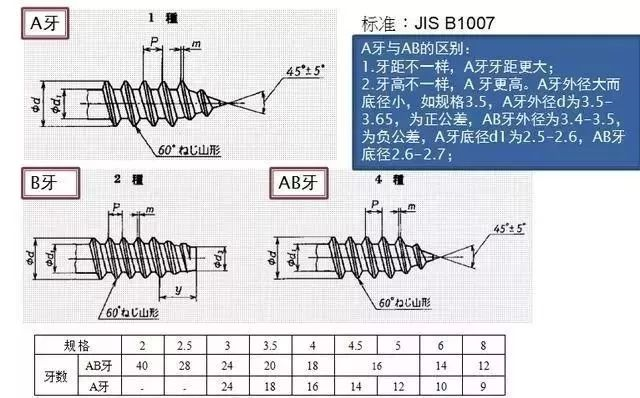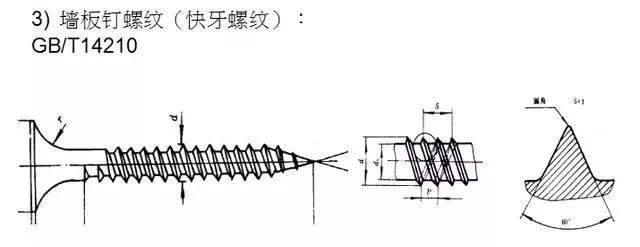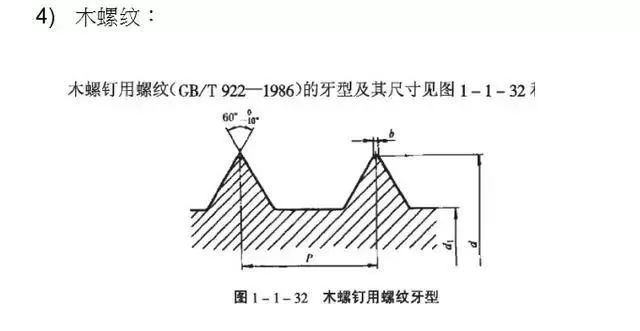6, thread measurement
For general standard thread, thread ring gauge or plug gauge is used to measure.
Because the thread parameter is numerous, it is impossible to measure each parameter of the thread one by one, usually we use the thread gauge (thread ring gauge, thread plug gauge) to judge the thread comprehensively. This kind of inspection means belongs to the acceptance inspection method of analog assembly type, not only convenient, reliable, and the precision requirement with common thread is quite, because this has become the most general acceptance inspection method used in actual production at present.
7, thread measurement (middle diameter)
In the thread connection, only the middle diameter size determines the nature of thread fit, so how to correctly judge whether the middle diameter is qualified is very key. Based on the fact that the central diameter size should ensure that the most basic service performance of the thread is achieved, the criterion for the qualification of the central diameter is specified in the standard: “The central diameter of the actual thread should not exceed the central diameter of the largest solid tooth profile. The single central diameter of any part of the actual thread should not exceed the central diameter of the smallest solid tooth shape.”
Single diameter measurement more convenient method has two kinds at present, one is to use thread diameter micrometer to measure the diameter, one is to use three needle method measurement (I used is three needle method measurement).
8. Thread matching grade:
Thread fit is the loose or tight size between the screwing threads, and the grade of fit is the specified combination of deviations and tolerances applied to internal and external threads.
(1) For uniform inch thread, there are three thread grades: 1A, 2A and 3A for external thread, and three grades: 1B, 2B and 3B for internal thread, all of which are gap fit. The higher the grade number, the tighter the fit. In inch thread, the deviation is specified for grade 1A and 2A only, grade 3A is zero, and grade 1A and 2A are equal.
The larger the number of grades, the smaller the tolerance, as shown in the figure:
1) Class 1A and 1B, very loose tolerance class, suitable for tolerance fit of internal and external threads.
2) Class 2A and 2B are the most common thread tolerance classes specified in the British series of mechanical fasteners.
3) Class 3A and 3B, screw to form the tightest fit, suitable for fasteners with tight tolerances, for key design of safety.
4) For external threads, there is a fit deviation for class 1A and 2A, but not for class 3A. The class 1A tolerance is 50% greater than the class 2A tolerance, 75% greater than the class 3A tolerance and 30% greater than the class 2B tolerance for internal threads. 1B is 50 percent larger than 2B and 75 percent larger than 3B.
(2) metric thread, external thread has common thread grade: 4H, 6E, 6g and 6H, internal thread has common thread grade: 6g, 6H, 7H. (The daily screw thread accuracy grade is divided into I, II, III, normally II) in the metric thread, the basic deviation of H and H is zero. The fundamental deviation of G is positive, and that of E, F, and G is negative. As shown in the figure:
1) H is the common tolerance zone position for internal threads, and is generally not used as a surface coating, or with a very thin phosphating layer. The basic deviation of G position is used for special occasions, such as thick plating, and is rarely used.
2) G is commonly used to plating 6-9um thin coating, such as 6h bolts required by the product drawings, the thread before plating shall adopt a 6g tolerance band.
3) The thread fit is best combined into H/ G, H/ H or G/ H, for bolts, nuts and other refined fastener threads, the standard recommended 6H/6g fit.
Medium grade of accuracy for common threads
Nut: 6H bolt: 6g
Medium grade of accuracy for threads with thick overburden
Nut: 6G Bolt: 6E
High precision grade
Nut: 4H Bolt: 4H, 6h
9, common special thread
Tapping thread: A wide thread with a large lead.
GB/T5280 JIS B1007
Post time: Jun-27-2022

